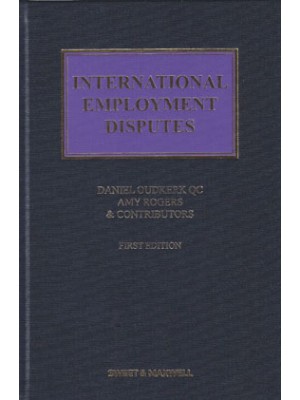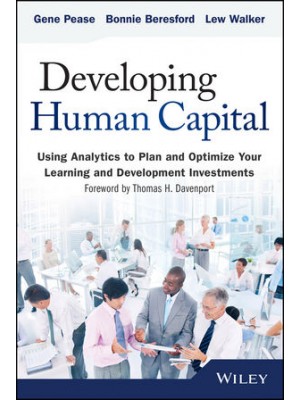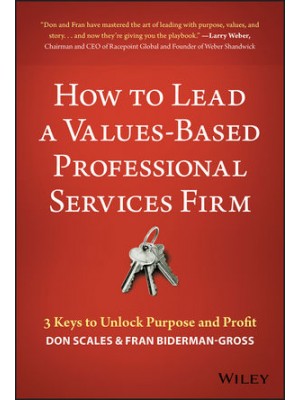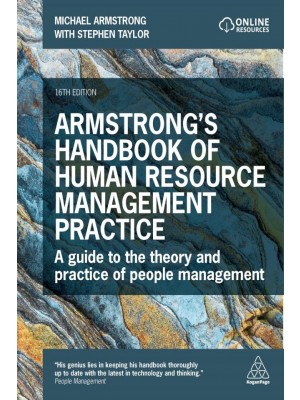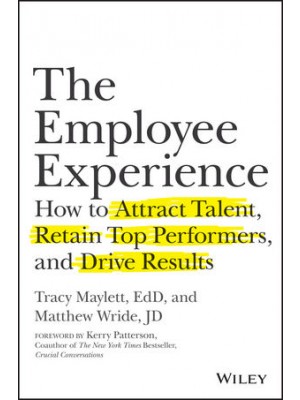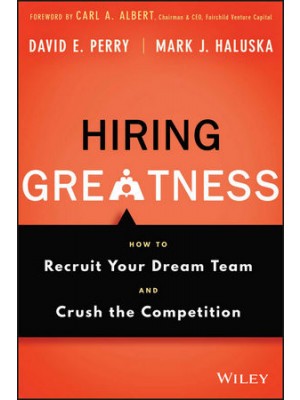Acknowledgments ix
Preface xiii
Foreword xv
About the Authors xxiii
Part One: Defining the Structure of Culture
1. How to Define Culture in General 3
The Problem of Defining Culture Clearly 3
Summary and Conclusions 14
Suggestions for Readers 16
2. The Structure of Culture 17
Three Levels of Analysis 17
Summary and Conclusions 29
Suggestions for Readers 30
3. A Young and Growing U.S. Engineering Organization 31
Case 1: Digital Equipment Corporation in Maynard, Massachusetts 31
Summary and Conclusions 42
Suggestions for Readers 43
4. A Mature Swiss-German Chemical Organization 45
Case 2: Ciba-Geigy Company in Basel, Switzerland 45
Can Organizational Cultures Be Stronger than National Cultures? 55
Summary and Conclusions 56
Questions for Readers 59
5. A Developmental Government Organization in Singapore 61
Case 3: Singapore’s Economic Development Board 61
The EDB Nested Cultural Paradigms 63
Summary and Conclusions: The Multiple Implications of the Three Cases 73
Questions for Readers 75
Part Two: What Leaders Need to Know about Macro Cultures
6. Dimensions of the Macro-Cultural Context 81
Travel and Literature 81
Survey Research 82
Ethnographic, Observational, and Interview-Based Research 86
Human Essence and Basic Motivation 96
Summary and Conclusions 102
Questions for Readers 104
7. A Focused Way of Working with Macro Cultures 105
Cultural Intelligence 107
How to Foster Cross-Cultural Learning 109
The Paradox of Macro Culture Understanding 117
Echelons as Macro Cultures 118
Summary and Conclusions 121
Suggestion for the Change Leader: Do Some Experiments with Dialogue 122
Suggestion for the Recruit 123
Suggestion for the Scholar or Researcher 123
Suggestion for the Consultant or Helper 123
Part Three: Culture and Leadership through Stages of Growth
8. How Culture Begins and the Role of the Founder of Organizations 127
A Model of How Culture Forms in New Groups 127
The Role of the Founder in the Creation of Cultures 130
Example 1: Ken Olsen and DEC Revisited 132
Example 2: Sam Steinberg and Steinberg’s of Canada 136
Example 3: Fred Smithfield, a “Serial Entrepreneur” 140
Example 4: Steve Jobs and Apple 142
Example 5: IBM—Thomas Watson Sr. and His Son 144
Example 6: Hewlett and Packard 144
Summary and Conclusions 146
Suggestions for Readers 147
Implications for Founders and Leaders 147
9. How External Adaptation and Internal Integration Become Culture 149
The Socio-Technical Issues of Organizational Growth and Evolution 150
Issues around the Means: Structure, Systems, and Processes 158
Summary and Conclusions 178
Suggestion for the Culture Analyst 179
Suggestion for the Manager and Leader 179
10. How Leaders Embed and Transmit Culture 181
Primary Embedding Mechanisms 183
Secondary Reinforcement and Stabilizing Mechanisms 196
Summary and Conclusions 204
Questions for Researchers, Students, and Employees 206
11. The Culture Dynamics of Organizational Growth, Maturity, and Decline 207
General Effects of Success, Growth, and Age 208
Differentiation and the Growth of Subcultures 211
The Need for Alignment between Three Generic Subcultures: Operators, Designers, and Executives 221
The Unique Role of the Executive Function: Subculture Management 229
Summary and Conclusions 229
Suggestions for the Reader 231
12. Natural and Guided Cultural Evolution 233
Founding and Early Growth 234
Transition to Midlife: Problems of Succession 237
Organizational Maturity and Potential Decline 245
Summary and Conclusions 250
Questions for Readers 251
Part Four: Assessing Culture and Leading Planned Change
13. Deciphering Culture 255
Why Decipher Culture? 255
How Valid Are Clinically Gathered Data? 262
Ethical Issues in Deciphering Culture 263
Professional Obligations of the Culture Analyst 266
Summary and Conclusions 267
Questions for the Reader 269
14. The Diagnostic Quantitative Approach to Assessment and Planned Change 271
Why Use Typologies, and Why Not? 272
Typologies that Focus on Assumptions about Authority and Intimacy 278
Typologies of Corporate Character and Culture 281
Examples of Survey-Based Profiles of Cultures 285
Automated Culture Analysis with Software-as-a-Service 288
Summary and Conclusions 293
Suggestions for the Reader 295
15. The Dialogic Qualitative Culture Assessment Process 297
Case 4: MA-COM—Revising a Change Agenda as a Result of Cultural Insight 298
Case 5: U.S. Army Corps of Engineers Reassessing Their Mission 302
Case 6: Apple Assessing Its Culture as Part of a Long-Range Planning Process 307
Case 7: SAAB COMBITECH—Building Collaboration in Research Units 311
Case 8: Using A Priori Criteria for Culture Evaluation 313
What of DEC, Ciba-Geigy, and Singapore? Did Their Cultures Evolve and Change? 314
Summary and Conclusions 315
Suggestion for the Reader 317
16. A Model of Change Management and the Change Leader 319
The Change Leader Needs Help in Defining the Change Problem or Goal 320
General Change Theory 321
Why Change? Where Is the Pain? 322
The Stages and Steps of Change Management 323
Cautions in Regard to “Culture” Change 337
Summary and Conclusions 339
Suggestions for Readers 341
17. The Change Leader as Learner 343
What Might a Learning Culture Look Like? 344
Why These Dimensions? 349
Learning-Oriented Leadership 350
A Final Thought: Discover the Culture within My Own Personality 354
References 355
Index 367








